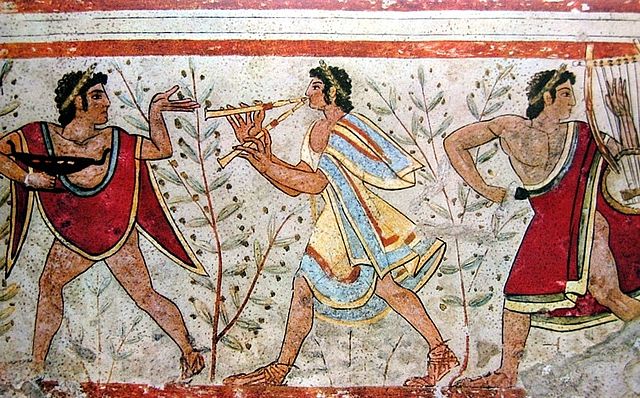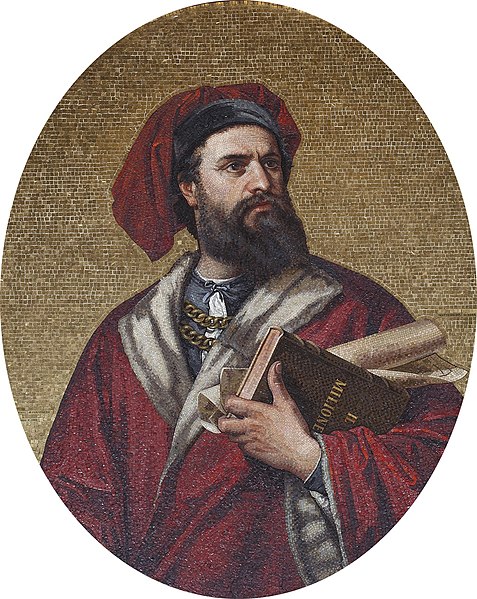The Rubicon is a shallow river in northeastern Italy, just south of Cesena and north of Rimini.
It was known as Fiumicino until 1933, when it was identified with the ancient river Rubicon, famously crossed by Julius Caesar in 49 BC.
The mouth of the Rubicon in Bellaria
The Rubicon in winter.
Italy, officially the Italian Republic, is a country in Southern and Western Europe. It is located on a peninsula that extends into the middle of the Mediterranean Sea, with the Alps on its northern land border, as well as several islands, notably Sicily and Sardinia. Italy shares its borders with France, Switzerland, Austria, Slovenia and two enclaves: Vatican City and San Marino. Its territory also includes Campione and the Pelagie Islands. It is the tenth-largest country by land area in the European continent, covering an area of 301,340 km2 (116,350 sq mi), and the third-most populous member state of the European Union, with a population of nearly 60 million. Its capital and largest city is Rome; other major urban areas include Milan, Lombardy, Naples, Turin, Florence, and Venice.
Etruscan fresco in the Monterozzi necropolis, 5th century BC
The Colosseum in Rome, built c. 70–80 AD, is considered one of the greatest works of architecture and engineering of ancient history.
Marco Polo, 13th-century explorer
Leonardo da Vinci, the quintessential Renaissance man, in a self-portrait (ca. 1512, Royal Library, Turin)




